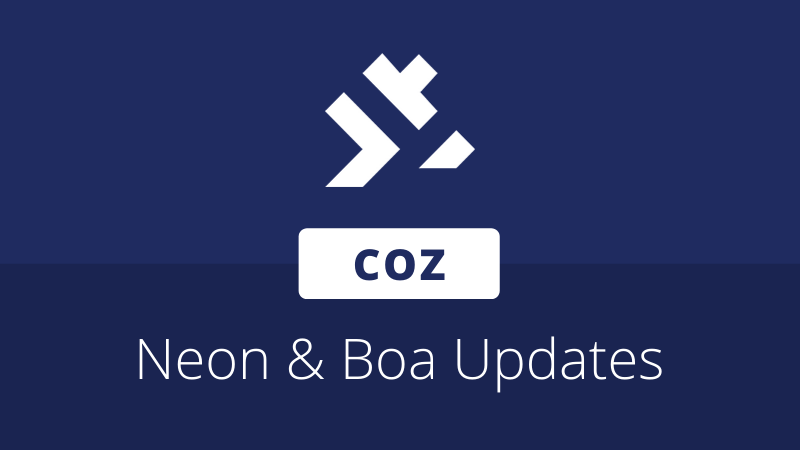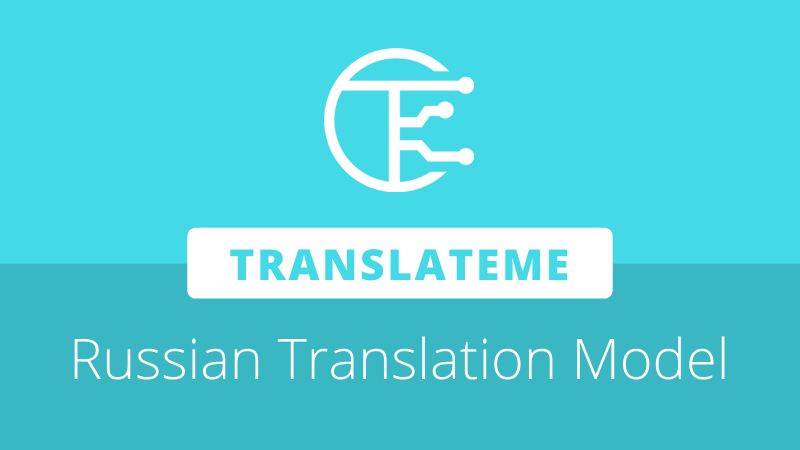
Neo St. Petersburg Competence Center recently published an article containing an in-depth comparison of the NeoFS and Filecoin decentralized storage networks. The comparison introduces the major architectural differences between the two projects, such as how data is stored, paid for, and accessed on each network.
The article begins with an overview of how each network operates. It goes on to cover their ability to work with objects, noting the disparity in estimated speed of placing data in each solution, and the presence of unique features in NeoFS. These include automated data placement/balancing, the ability to search by metadata, and data security through Access Control Lists.
Neo SPCC concludes its comparison by noting that the Filecoin network is “well suited for storing large objects as a cold storage backup.” However, the team also notes the flexibility of NeoFS in being able to move beyond these use cases:
“NeoFS is well suited for working with application data and is equally well adapted both for a big data stream of small objects and for working with large cold data. Access control systems and metadata make NeoFS an efficient and flexible storage platform for creating applications.”
The team also highlights the unique ability for NeoFS to integrate directly with Neo smart contracts, going another level beyond what is possible on other distributed storage systems such as Filecoin.
The full comparison article can be read at the following link:
https://neospcc.medium.com/filecoin-and-neofs-decentralized-storages-c2862f878c7







About The Author: Brett Rhodes
Brett is a blockchain enthusiast and freelance writer who originally began producing content for the gaming & eSports industries. Now he spends most of his time contributing in the Neo ecosystem.
More posts by Brett Rhodes